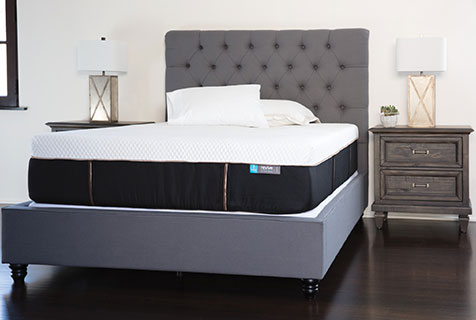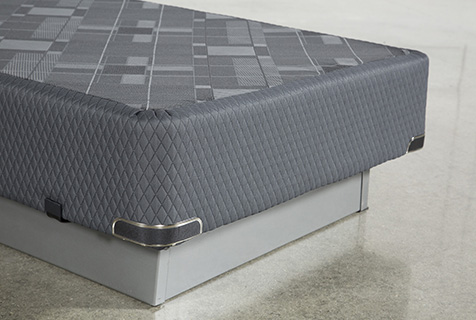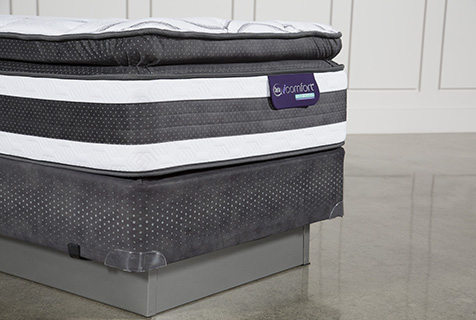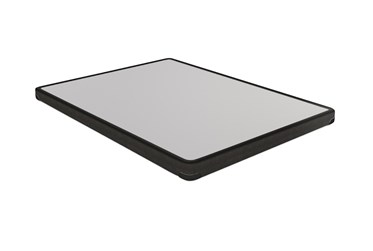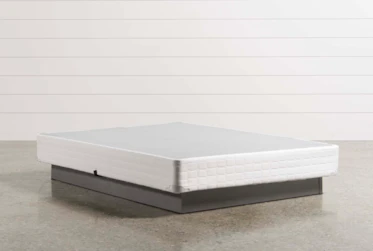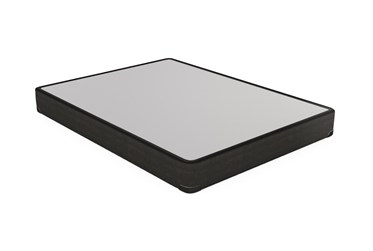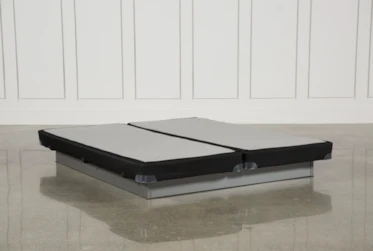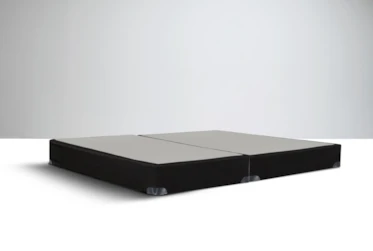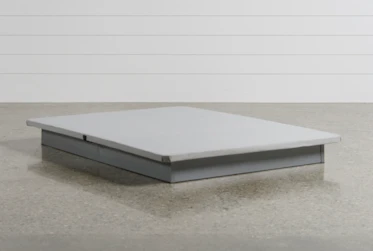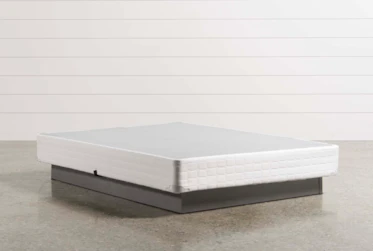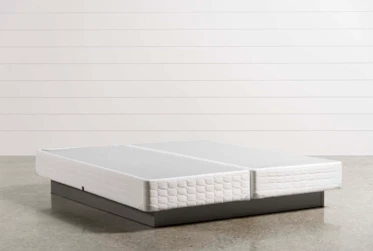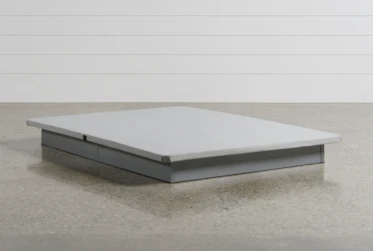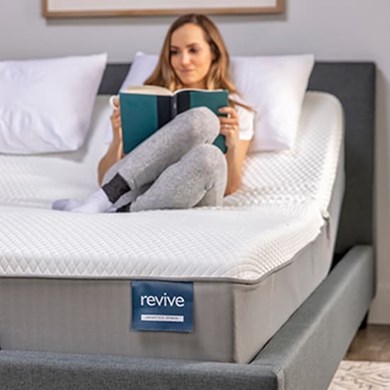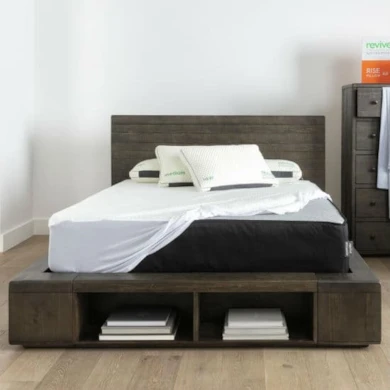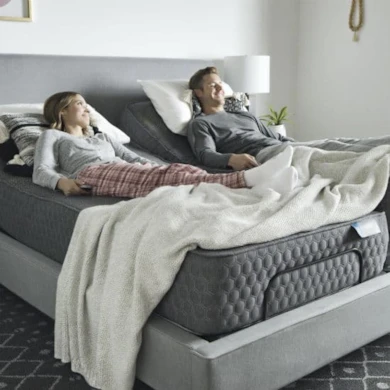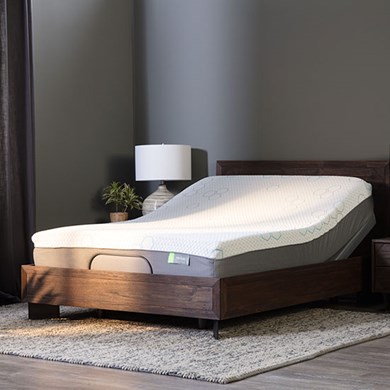Box Spring Buying Guide
What Is a Box Spring and Why Do You Need One?
A box spring is essentially a stable foundation for your mattress to sit on. Not only does a box spring make the bed look nicer — since it keeps the mattress from resting directly on the floor — but it also improves your comfort. This is because it acts as a shock absorber that supports your joints any time you get in and out of bed. Plus, the box spring raises the height of the bed, automatically making it easier for you to get in and out of it. The Revive Geneva Black Queen Foundation is a good example of a box spring that can raise your mattress higher and provide more support for you.
Having a box spring doesn’t just benefit you. It also benefits your mattress, because it can reduce wear and tear simply by providing a solid base for your bed. As a result, your mattress is less likely to sag over time, which means you might get more years out of it. In fact, some mattresses require you to use a box spring in order to keep the warranty valid.
Box Springs vs. Slats
While not all mattresses require a box spring, most can benefit from one. With that said, however, there is an alternative to the traditional box spring you might be considering buying, in the form of bed slats. More specifically, some beds come with wooden slats on the frame; even when they don’t, some people add them, simply because slats have the advantage of providing a solid foundation, just as a box spring would.
So why would someone choose slats over a box spring if they offer the same benefits? The answer is that some buyers like that slats aren’t bulky and don’t add any height to the bed; slats are the perfect option if you don’t want to lift a heavy box spring and want to keep your mattress low. As a bonus, slats allow more airflow than the mattress would get by being placed on the floor or on a box spring.
Of course, box springs have their own benefits that slats don’t have. First, since slats are thin and light, it’s possible for them to shift or break over time, which doesn’t happen with box springs. And if the slats aren’t close enough together, the mattress could still sag, meaning you might not get the support you need. In fact, people who want a hard surface to sleep on — such as to reduce back pain — tend to prefer the box spring, since it’s firmer, sturdier and better at distributing weight throughout the mattress.
Should You Buy a Mattress and Box Spring Set?
If you already have a mattress, it’s not too late to add a box spring so you get more support for your bed. However, if you’re shopping for a new mattress, it’s a good idea to buy a box spring at the same time if possible.
This is because you need to make sure your box spring and mattress are the same size, which may require you to get out your measuring tape, unless you buy a mattress and box spring set. After all, sizes can range from 39 inches wide to 76 inches wide, depending on whether your mattress is a Twin, King or somewhere in between.
Whether you’re shopping for just a box spring or need the whole set, check out our collection of box springs. We offer several sizes and styles so you can quickly find what you need to get a good night’s sleep!
Can You Put a Box Spring on the Floor?
As long as you have some sort of mattress base, whether box spring or other, it is perfectly fine to sleep on a mattress without a bed frame. Place a box spring directly on the floor for a lower bed, for style. You may also consider this route if you have a harder time climbing into a high bed.Featured Products
— More Great Articles —
Related Categories
Read the Latest
Editorial Disclaimer: Articles featuring tips and advice are intended for educational purposes and only as general recommendations. Always practice personal discretion when using and caring for furniture, decor and related items.

